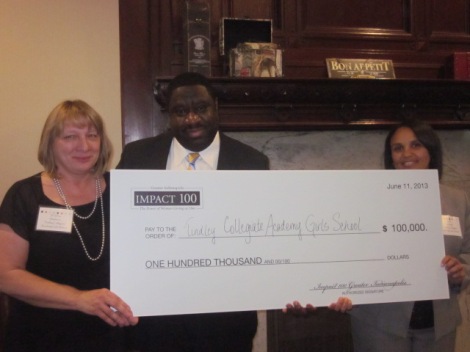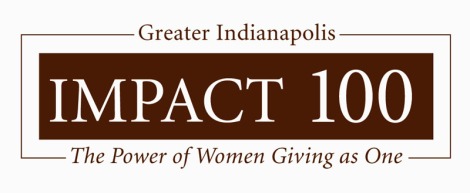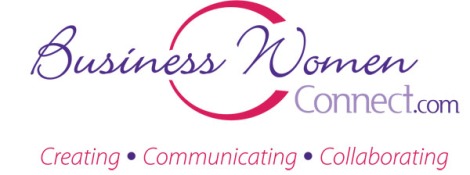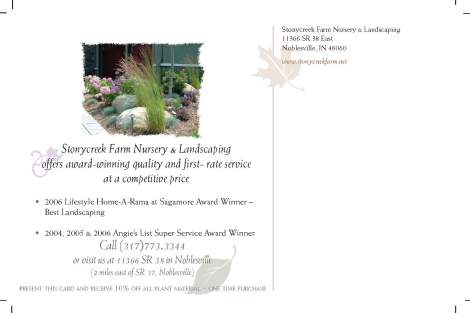FOR IMMEDIATE RELEASE
Contact: Sharon Smith, APR
317-506-7982 / ssmith@maverickpublicrelations.com
Facebook | Twitter @IMPACT100INDY | www.impact100indy.org
Impact 100 Greater Indianapolis Announces 2013 $100,000 Grant Recipient: Tindley Collegiate Academy – Girls Middle School
INDIANAPOLIS, Ind. (June 12, 2013) – Impact 100 Greater Indianapolis awarded $100,000 to Tindley Collegiate Academy Girls School at their annual dinner held June 11 at Courses Restaurant, Ivy Tech Community College.
This year’s $100,000 grant will fund the GET STEM (Science Technology Engineering and Mathematics) lab that provides middle-school girls with experiences that will inspire them toward careers in math and science. Opening in the Fall of 2013, TindleyCollegeAcademy will be Indiana’s first all-girls middle school. It will serve primarily an African American population in the Meadows – one of the most challenged neighborhoods in the city.

Tindley Collegiate Academy Girls School was named the 2013 Impact 100 Greater Indianapolis $100,000 grant winner on Tuesday. Pictured, left to right, are Dr. Dina Stephens, Chief Academic Officer, Marcus C. Robinson, CEO, and Kelli B. Marshall, Principal.
“Impact 100 is honored to support the GET STEM lab,” said Karen Kennelly, president of Impact 100. “It’s clear that our membership saw the value of providing a lab that inspires the next generation of female engineers and scientists by encouraging them to succeed in college – and in life.”
Founded in 2006, Impact 100 has granted $1.3 million to local non-profit organizations. The selection process began in January, 2013 with 53 grant applicants submitting letters of intent. Five Focus Area Committees then vetted one finalist in each focus area. TindelyCollegiateAcademy, a finalist in the Education Focus Area, was one of five organizations to make a formal presentation to the Impact 100 membership during the annual dinner. The other finalists included, RuthLillyEducationCenter: HOPE for Teens (Health & Wellness Focus Area); Reach for Youth: Teen Court (Family Focus Area); People for Urban Progress (Environment Focus Area) and The Oaks Academy: Fine Art Studio at Brookside (Arts & Culture Focus Area). The four remaining finalists each received unrestricted grants in the amount $5,250.
About Impact 100 Greater Indianapolis: Impact 100 Greater Indianapolis is a charitable women’s giving circle dedicated to awarding high impact grants to nonprofits in the community in the areas of arts & culture, education, environment, family, and health & wellness. Annually, a minimum of 100 members each donate $1,000 to collectively make extraordinary gifts, $100,000 at a time, helping fund the growth of one local nonprofit each year. One hundred percent of member donations are returned to the community in the form of grants. In June, Impact 100 members each cast one vote to determine the nonprofit grant recipients for that year. An IRS-recognized 501(C)(3) charitable organization, Impact 100 Greater Indianapolis seeks to fund critical needs, new ventures, and innovative ways to solve social problems and to create a more civil and respectful climate in the community. Please join us in pooling our resources and experiencing The Power of Women Giving as One. Facebook | Twitter @IMPACT100INDY | www.impact100indy.org
# # #








 With the rise of social media, many “experts” have predicted the demise of traditional media, whether for information dissemination, advertising, marketing or PR. In fact, one of our clients recently commented, “I am not so sure I need access to a traditional reporter anymore!” While we encourage clients to include social media in their PR strategy, we would not advise anybody to drop traditional media. It may seem that traditional media is losing its usefulness. Many newspapers and magazines have folded up. More and more people are turning to social networks first to get the news. And popular bloggers are reaching incredible numbers of people. All this is true. However, we still need traditional media for PR. Here are five reasons why:
With the rise of social media, many “experts” have predicted the demise of traditional media, whether for information dissemination, advertising, marketing or PR. In fact, one of our clients recently commented, “I am not so sure I need access to a traditional reporter anymore!” While we encourage clients to include social media in their PR strategy, we would not advise anybody to drop traditional media. It may seem that traditional media is losing its usefulness. Many newspapers and magazines have folded up. More and more people are turning to social networks first to get the news. And popular bloggers are reaching incredible numbers of people. All this is true. However, we still need traditional media for PR. Here are five reasons why:

